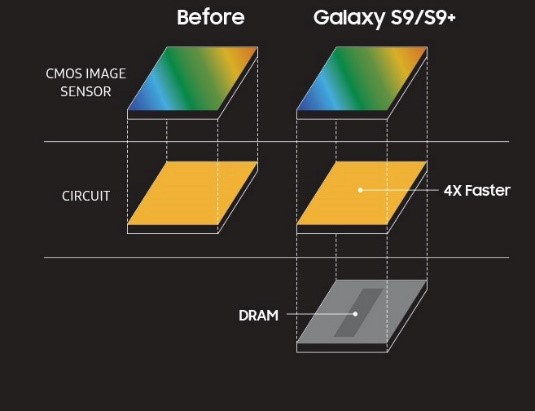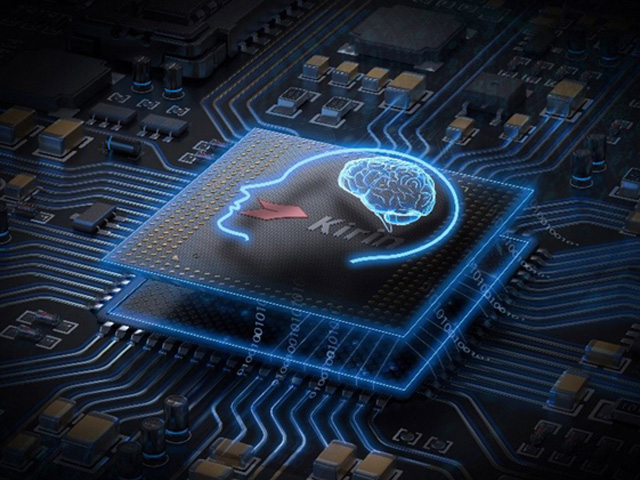Smartphone cameras have gone through significant advances so far. This progress has been so significant that today these cameras are taken very seriously, and the purchase of an independent digital camera has no particular justification for many people. One of the latest examples in this regard are the two new Samsung flagship Galaxy S۹/S۹+. Aside from the photographic capabilities, these two products offer the ability to record slow-motion clips at ۹۶۰ fps, which you will find more about in this article.
Video recording has become one of the obvious features of today’s smartphones, and now even the ۴K video recording is not a “Big Thing”. On the other hand, it’s a long time that digital cameras provide slow-motion video recording. As you know, these videos show an event at a much lower speed. Unlike their name, slow-motion video recorders need to record frames at higher rates. For example, if the video is to be displayed at ۳۰ fps, the video should be recorded at a rate of ۶۰ fps to reduce the speed of the events by half when it is displayed.
Various smartphone models already support slow-motion video recording, providing users with speeds of up to ۲۴۰ fps. For example, the new iPhones support such a frame rate, which can reduce the actual speed to one-eighth.
Now, Galaxy S۹/S۹+ users have rates of up to ۹۶۰ fps, which allows them to reduce the actual speed of events up to ۳۲ times. Only Sony Xperia XZ۲ smartphone is currently offering the same capabilities. This is a significant leap in imaging technology, but Samsung has been able to implement it.
Problem
Digital cameras use a sensor to capture an image that does the same task as the photographic film in old cameras. This sensor is exposed to the lens input light for a certain time so that it can capture the image. If the light coming from the lens is low due to the dark conditions of the photographic environment or the closure of the diaphragm, the image will be darker and more intense. At the same time, the shorter the sensor expose to light, the picture will be underexposed and noisier.
On the other hand, CMOS sensors used in today’s smartphones record images sequentially, which at high speeds like ۹۶۰ fps will be utterly troublesome because the noise changes and exposure levels make the produced video have a very low quality.
Solution
Modern sensor technology has done its best to rapidly exposing images and lowering distortion so far. In fact, as we mentioned earlier, manufacturers have implemented slow-motion recording at rates up to ۲۴۰ fps without any problems. However, achieving ۹۶۰ frames per second requires a new structure in CMOS sensors and their underlying technology.

Increasing the rate from ۲۴۰ to ۹۶۰ fps means quadrupling the recording speed. The Samsung solution was a three-layer stacked camera module, with a CMOS sensor at the top, a ۴x faster readout circuit to take in the sensor’s data in the middle, and a dedicated DRAM memory just for the camera at the bottom. In fact, the Galaxy S۹/S۹+ will only record video at ۹۶۰ fps with the help of this much faster circuit and dedicated memory. Even with all of the above, you can record only ۰.۲ seconds at such speed each time.
It may seem that ۰.۲ seconds isn’t a usable time, but note that you usually capture very fast and short events at such a speed, although the accuracy to start of the recording of slow-motion needs practice and skill. Also, this feature is currently only available in ۷۲۰p resolution. Even if you don’t use the ultra-slow motion capability of your smartphone’s camera, the new structure of the camera module allows the Galaxy S۹/S۹+ to record much better photos in poor light conditions. In fact, the camera can capture multiple frames and process them in batches to provide a picture with dramatically lower noise better details as output.
Based on the current situation, the next step in this path is to increase the duration of slow-motion video recording and also to bring the quality of the image to Full HD. However, this type of technological advancement and the improvement of the image sensor structure undoubtedly pave the way for achieving a lot more desirable results.






